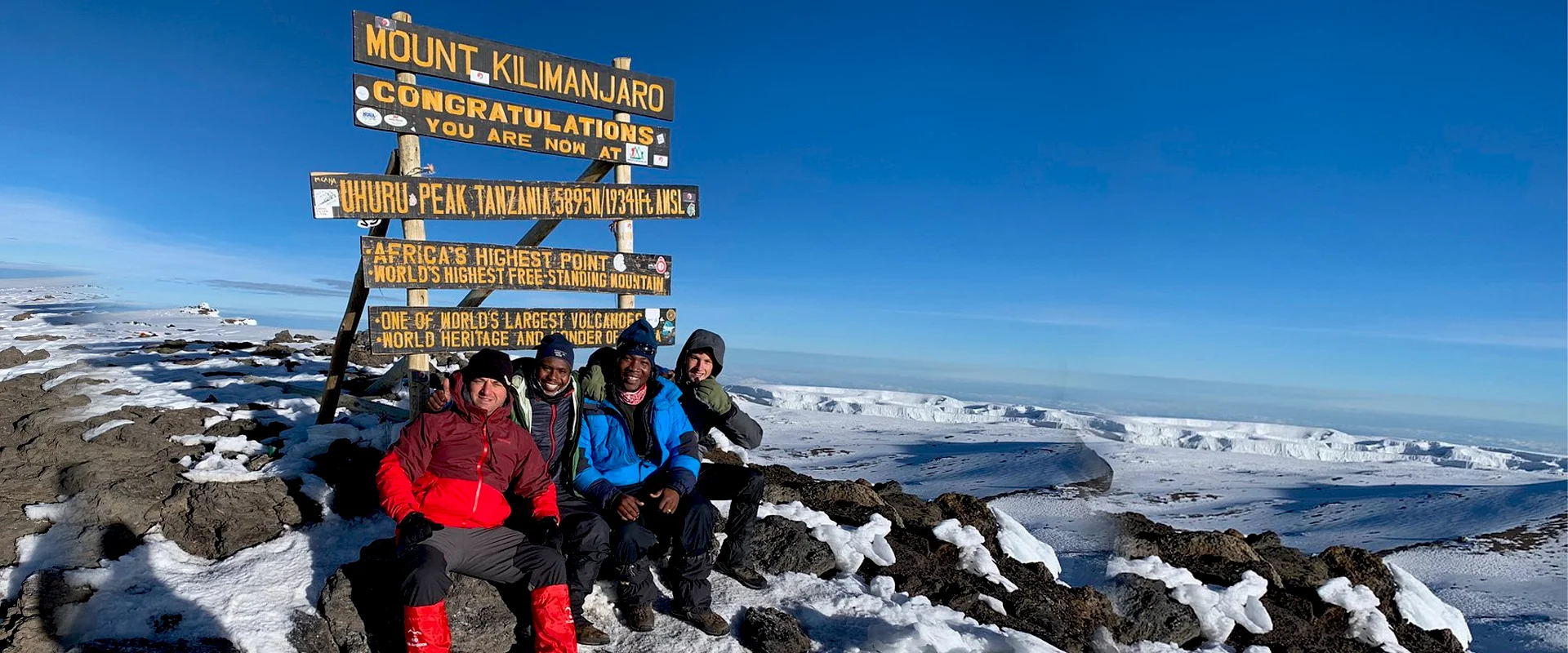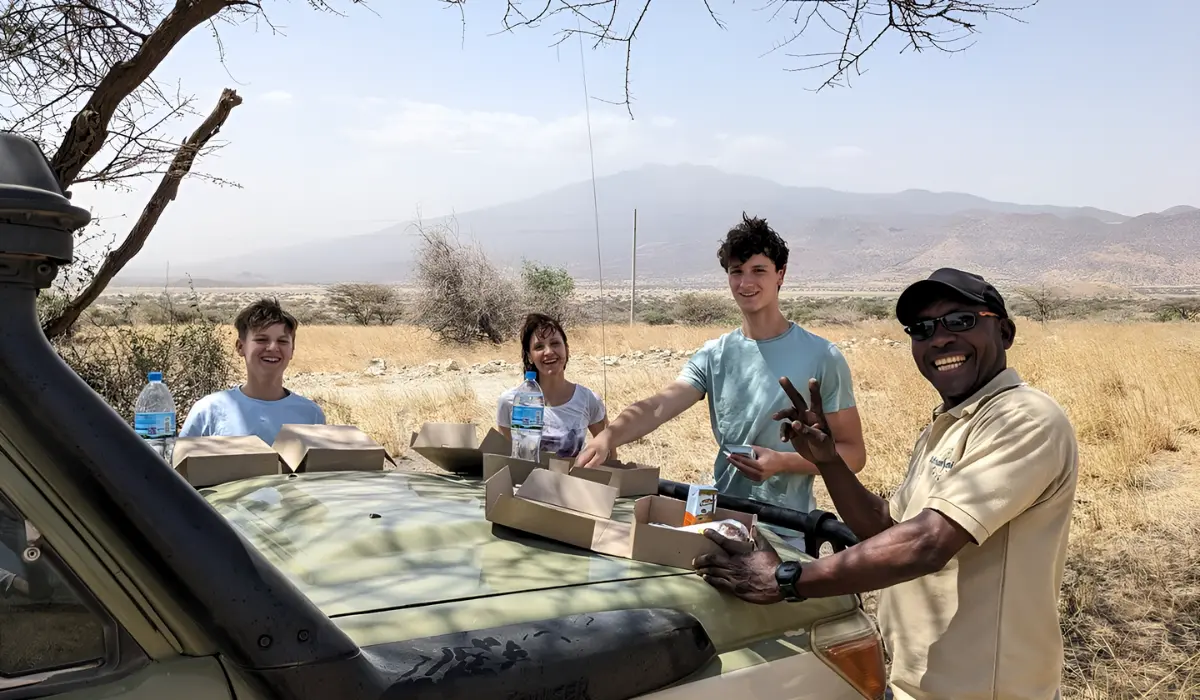The Great Migration is arguably the most spectacular wildlife event on Earth. Every year, over 1.5 million wildebeest, accompanied by hundreds of thousands of zebras and gazelles, embark on a circular journey through the Serengeti-Mara ecosystem in search of fresh grazing and water.
Understanding the Migration Pattern
The migration follows a roughly circular route of about 1,800 miles, driven by rainfall patterns and the availability of fresh grass. The herds move in a clockwise direction, spending different parts of the year in various regions of the Serengeti and Masai Mara.
January to March: Calving Season
During these months, the herds are concentrated in the southern Serengeti plains around the Ndutu area. This is calving season, when approximately 400,000 calves are born within a few weeks. The abundance of newborns attracts predators, making this an excellent time for wildlife viewing.
April to June: The Journey North
As the dry season approaches, the herds begin their journey northward through the central Serengeti. This is when you might witness the famous river crossings at the Grumeti River, though these are less predictable than the Mara River crossings.
July to October: Mara River Crossings
The most famous and dramatic part of the migration occurs when the herds cross the Mara River between the Serengeti and Masai Mara. These crossings are fraught with danger from crocodiles and strong currents, creating some of the most spectacular wildlife photography opportunities.
November to December: Return South
As the short rains begin, the herds start their journey back south, completing the annual cycle.
Best Viewing Locations
Different locations offer unique advantages depending on the time of year:
- Ndutu (January-March): Perfect for calving season and predator action
- Central Serengeti (April-June): Great for following the herds' movement
- Northern Serengeti/Masai Mara (July-October): Ideal for river crossings
- Western Corridor (May-July): Grumeti River crossings and resident wildlife
Planning Your Migration Safari
To maximize your chances of witnessing this incredible spectacle:
- Book well in advance, especially for peak season (July-October)
- Consider a mobile camping safari to follow the herds
- Allow at least 5-7 days for the best experience
- Be flexible with your itinerary as animal movements can be unpredictable
- Bring a good camera with a telephoto lens
Conservation Impact
The Great Migration is not just a tourist spectacle; it's a crucial ecological process that maintains the health of the entire ecosystem. Tourism revenue from migration safaris directly supports conservation efforts and local communities, making your visit a contribution to wildlife protection.
Related Posts
Subscribe to Our Newsletter
Get the latest safari tips, travel guides, and special offers delivered directly to your inbox.



